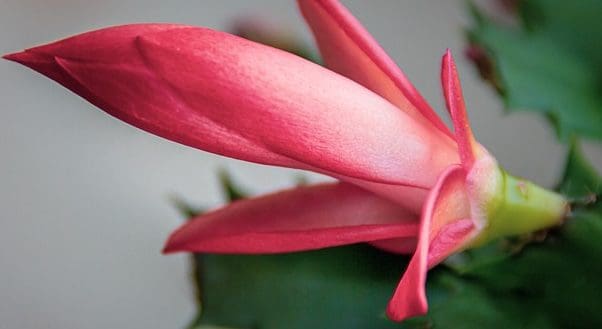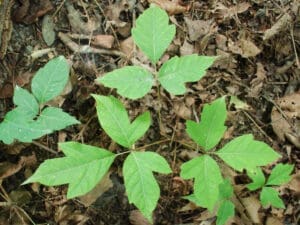By Maddy Rohr, K-State Research and Extension news service
Manhattan, KS— A popular houseplant known for its colorful flowers, the Christmas cacti (Schlumbergera bridgesii) should begin to bloom just in time for Christmas festivities.
Christmas cacti and other epiphytic plants are native to South American jungles and grow on other plants for support, said Kansas State University horticulture expert Ward Upham. Christmas cacti can hybridize to produce differing stem shapes.
“These cacti prefer bright indirect light,” Upham said. “Too much sun can result in the leaves turning yellow.”
Upham said typical household temperatures are fine for growing Christmas cacti. The plant’s soil should be kept moist, “but be sure not to overwater.” He also encouraged adding light fertilizer every other week.
“Blooming will normally cease in late winter to early spring, but continue to keep them moist and fertilized,” Upham said. “Though these plants seem to flower best if kept a little pot bound, flowers will diminish if they are too crowded. If you haven’t repotted in several years, or if you notice a decrease in flowering from the previous year, move the plant to a larger pot in the spring.”
Upham said moving Christmas cacti outside in a shady spot during the summer is ideal, but bring them back inside before the first frost.
“Normally, the plants will have received enough cool nights in the 50-55 degree Fahrenheit range that flower buds will have formed,” Upham said. “However, if they haven’t, subjecting the plants to nights greater than 12 hours long and temperatures between 59-69 F can also generate flowers.”
Upham suggests placing plants in a dark room or cardboard box to ensure they receive enough darkness. About 25 long, dark nights will initiate flowering, he said.
“After the flower buds have formed, it takes an additional 9-10 weeks for flowers to complete development and bloom,” Upham said.
Upham and his colleagues in K-State’s Department of Horticulture and Natural Resources produce a weekly Horticulture Newsletter with tips for maintaining home landscapes and gardens. The newsletter is available to view online or can be delivered by email each week.
Interested persons can also send their garden and yard-related questions to Upham at wupham@ksu.edu, or contact your local K-State Research and Extension office.













